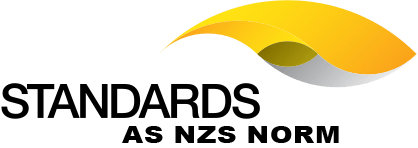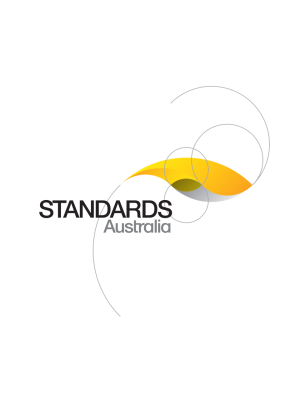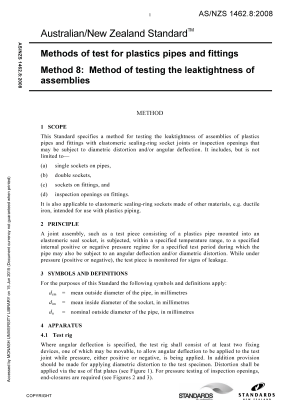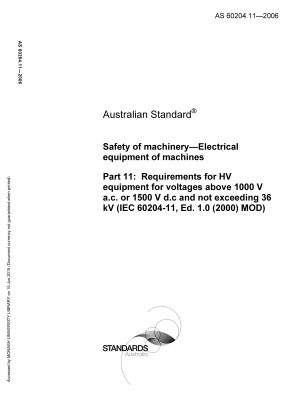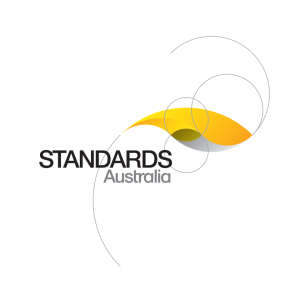🔍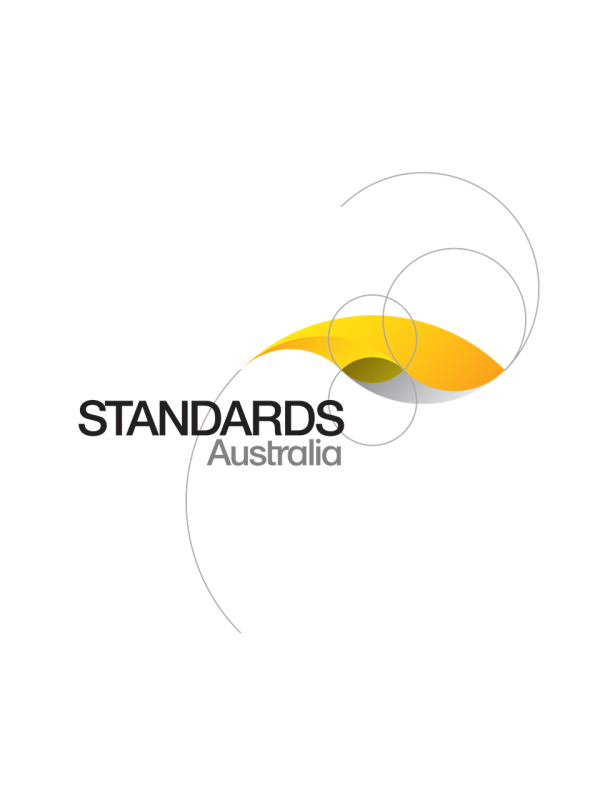

Purchase the full subscription package now and enjoy a 40% discount, along with free updates for future editions.
AS ISO/IEC 39794.17:2024
$242.19
Information technology – Extensible biometric data interchange formats, Part 17: Gait image sequence data
AS ISO/IEC 39794.17:2024 identically adopts ISO/IEC 39794 17:2021, which specifies examples of application-specific requirements, recommendations and best practices in data acquisition applicable to gait image sequence data
Table of contents
Header
About this publication
Preface
Foreword
Introduction
1 Scope
2 Normative references
3 Terms and definitions
4 Abbreviated terms
5 Conformance
6 Modality specific information
6.1 Purpose
6.2 Practices
6.3 Data models for gait recognition
6.3.1 General
6.3.2 Model-based methods
6.3.3 Appearance-based methods
6.4 Data flow of gait recognition
6.5 Body tree concept for gait
6.6 Camera image sequence requirements
6.7 Gait recognition recordings
6.7.1 General
6.7.2 Gait and upper body movement image encoding
6.7.3 Gait and upper body camera image resolutions
6.8 Gait modality
6.8.1 General
6.8.2 Gait silhouette
6.8.3 Surveillance systems
6.9 Upper body movement modality
6.9.1 General
6.9.2 Face Features Motion (FFM)
6.9.3 Head movement recognition
6.9.4 Head Movements Static Body (HMS)
6.9.5 Head Movements Dynamic Body (HMD)
6.9.6 Hands movement
7 Profile-specific information
7.1 Purpose
7.1.1 General
7.1.2 Gait representations
7.1.3 Scene requirements
7.2 2D gait image sequence profile
7.2.1 General
7.2.2 Gait image sequence representation profile requirements
7.2.3 Post-acquisition processing
7.2.4 Neural network training and testing
7.3 UBM 2D upper body movement profile
8 Encoding
8.1 Tagged binary encoding
8.2 XML encoding
9 Registered BDB format identifiers
Annex A
A.1 Recommendations for Gait Recording Systems
A.1.1 Architecture
A.1.2 Usability and accessibility
A.1.3 Practical applications
A.1.3.1 General
A.1.3.2 Body vs. gait
A.1.3.3 Recognition methods
A.1.4 Submillimetre imaging
A.2 Recommendations for full body video recording
A.3 Gait recording — technical recommendations
A.3.1 General
A.3.2 Error factor limitation
A.3.3 Walkway construction
A.3.4 Camera arrangements
A.3.4.1 General camera arrangements
A.3.4.2 Enrolment camera arrangements
A.3.4.2.1 General
A.3.4.2.2 Single-view enrolment
A.3.4.2.3 Dual-view enrolment
A.3.4.2.4 Multi-view enrolment
A.3.5 Studio lighting and layout
A.3.6 Walk-through gait recording corridor lighting and layout
Annex B
B.1 Binary encoding examples
B.1.1 General
B.1.2 Binary encoding example using mandatory data fields
B.1.3 Binary encoding example using JPEG image sequence elements
B.1.4 Binary encoding example using MPEG-4
B.2 XML encoding examples
B.2.1 General
B.2.2 XML encoding example using mandatory data fields
B.2.3 XML encoding example using JPEG gait sequence elements
B.2.4 XML encoding example using MPEG-4
Annex C
C.1 General
C.1.1 Introduction
C.1.2 Measurement environment
C.2 Biometric capturing environment checking
C.2.1 General
C.2.2 Lighting checking
C.2.3 Background checking
C.3 Measurements for low resolution video cameras
C.3.1 The IEC 1088-14 test panel
C.3.2 Measurement preparations and analysis
C.3.2.1 General
C.3.2.2 Preparations
C.3.2.3 Analysis
C.3.2.3.1 General
C.3.2.3.2 Camera image dynamic range checking
C.3.2.3.3 Camera greyscale checking
C.3.2.3.4 Colour fidelity checking
C.3.2.3.5 Camera resolution checking (IEC 1088-14)
C.3.2.3.6 Camera resolution checking (ISO 12233)
C.4 Measurements for submillimetre cameras
C.4.1 General
C.4.2 Test targets for submillimetre imaging
C.4.3 Reflective targets
C.4.4 Absorbent targets
C.4.5 Analysis of submillimetre images
Bibliography
Cited references in this standard
Please select a variation to view its description.
| Published | 06/12/2024 |
|---|---|
| Pages | 55 |
Please select a variation to view its pdf.
